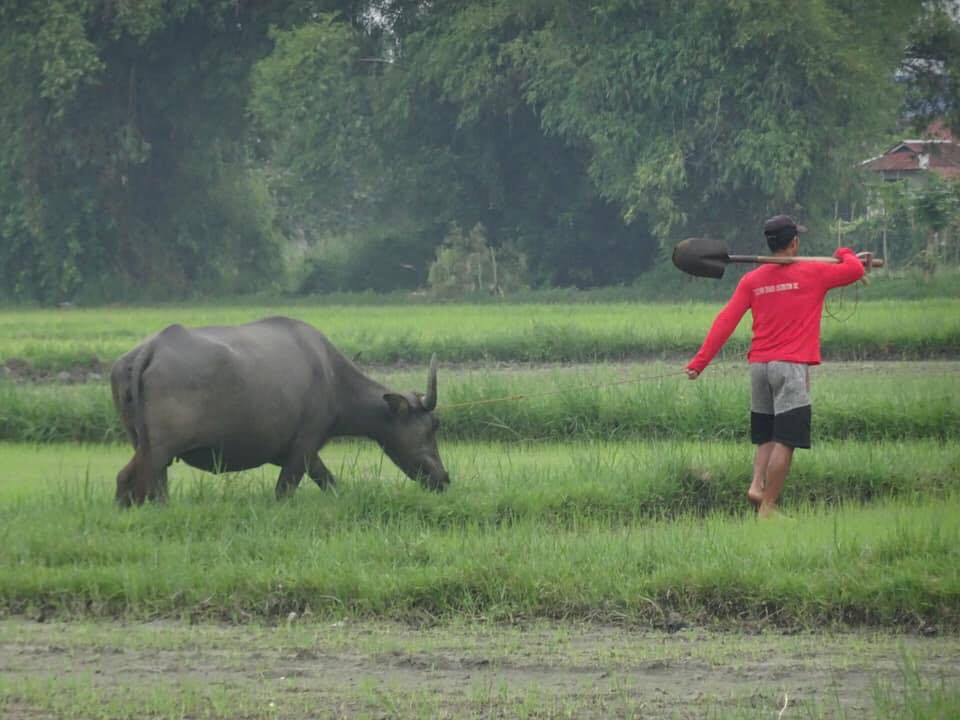As PH becomes world’s biggest rice importer: Inquirer spotlights drop in agri employment

THIS YEAR, the Philippines overtook China, the world’s most populous country with a population of 1.4 billion, as the world’s top importer of rice. The media duly reported this, citing projections from the United States’ Department of Agriculture – Foreign Agricultural Services (USDA-FAS) published this November 2019. The source also pointed out that Philippine imports will reach a record three million metric tons by year-end — the highest in the world and the highest in the country’s history.
This current “distinction” is a direct consequence of the implementation of the Rice Tariffication Law earlier this year, as the measure flooded the market with imported rice, and the oversupply of the staple caused a steep drop in the buying price of local palay (unhusked rice). The law that was meant to help the local industry become more competitive further stunted the growth of the agricultural sector.
Media scrambled to keep up with the confusing exchange between Agriculture Secretary William Dar and President Rodrigo Duterte, who ordered a ban on rice imports on November 20, only to backtrack the following day.
Though limited, the coverage kept the rice crisis in the news; but only barely as reports failed to look into the impact of falling palay prices, which is forcing farmers to abandon the rice fields.
Leaving the paddies
Cheers to the Philippine Daily Inquirer for providing an overview of the larger crisis of Philippine agriculture. The report on the alarming exodus of local farmers from the country’s rice fields to its cities departed from the he-said, she-said of public officials, and presented the alarming departure of farmers from the fields: a 25 percent drop of workers from 12.25 million in 2010, to 9.07 million in 2017.
The Inquirer referred mainly to data in the National Economic and Development Authority’s (NEDA) report, “Rural Labor Migration: An Analysis of the Loss of the Labor in the Agriculture Sector in the Philippines.” No less than Socioeconomic Planning Secretary Ernesto Pernia described the agricultural sector as the economy’s “weakest link,” with an anemic growth rate of 1.1 percent over the last decade.
Young and schooled farm workers have permanently migrated to other occupations that offered relatively steady incomes, including benefits and better working conditions. Different factors drive their migration, among them climate change.
But there are also “key internal push factors” such as rising costs and diminishing returns, surely aggravated by low farm-gate prices. The sector also suffers from limited access to credit and output markets, poor management of irrigation systems and the widespread conversion of farmlands to commercial use.
Inquirer cited the statements of representatives of agriculture-based organizations who pointed to the lack of government support and poorly implemented programs. Inquirer highlighted examples: “new farm equipment are left rotting in warehouses and seeds going to waste because they’re unsuitable to the soil.”
Reporting the crisis as a mere policy debate misses the point and fails to show the intricate web of issues that includes poor governance, lack of food security, of livelihood and economic sustainability.
Leave a Reply